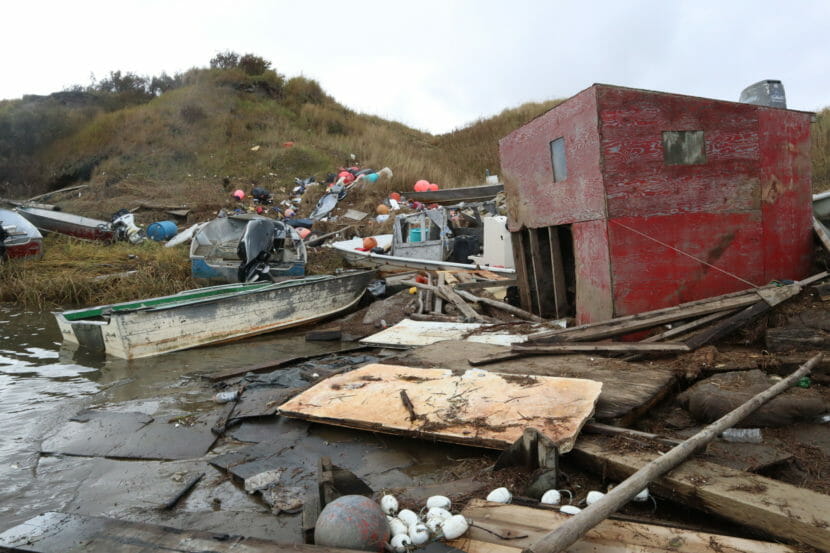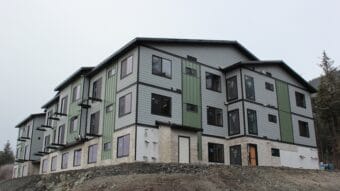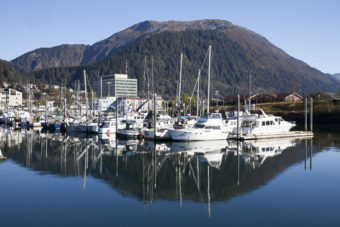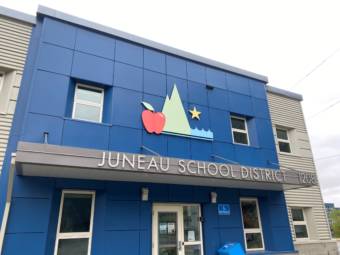
President Joe Biden has approved Gov. Mike Dunleavy’s request for a federal disaster declaration in response to the historic storm that devastated many Western Alaska coastal communities last weekend.
That makes federal funding available to Alaskans impacted by the storm, as well as money available to state, tribal, and eligible local governments, plus some nonprofits.
While there have been no reports of storm-related injury or death, the wreckage spans about 1,000 miles of Alaska coastline. It ranges from road damage in Nome to the loss of Shaktoolik’s berm against the sea. In Chevak, a power outage and the loss of many local boats has destroyed both frozen subsistence foods and the means to replace them.
Alaska’s congressional delegation applauded Biden’s response in a statement Friday evening, which came two days after Dunleavy made a formal request to the federal government.
“So many communities throughout Western Alaska have been devastated and are in dire need of federal support,” said U.S. Sen. Lisa Murkowski. “I appreciate the President for listening to us and recognizing the urgency of this situation. With winter weather looming, this federal assistance can’t come soon enough.”
“I appreciate the quick response from the Biden Administration approving Governor Dunleavy’s request for a major disaster declaration to support Alaska’s recovery from the impacts of Typhoon Merbok on Alaska families, homes, businesses, schools, and infrastructure,” said U.S. Sen. Dan Sullivan.
“I am grateful that President Biden understood how urgent the need for federal assistance was to the people of Western Alaska and thank him for swiftly approving the governor’s request for a disaster declaration,” said Congresswoman Mary Peltola.
Biden’s approval of a disaster declaration arrived along with Federal Emergency Management Agency Administrator Deanne Criswell, who is visiting Alaska this weekend to see damage from the storm firsthand. Dunleavy, who has already declared the storm a state disaster, has emphasized the need for relief efforts to move quickly in the next month before winter freeze-up.
“With winter coming in a matter of weeks and bringing a new set of hazards with it, we have hard work ahead of us to protect and prepare communities for the freeze-up, especially those that were already vulnerable before the storm hit,” Criswell said.
The U.S. government says federal funding is available to residents and business owners who suffered losses in the storm in the Regional Educational Attendance Areas of Bering Strait, Kashunamiut, Lower Kuskokwim and Lower Yukon. People can begin applying for assistance at DisasterAssistance.gov, by calling 800-621-FEMA (3362) or by using the FEMA App.



